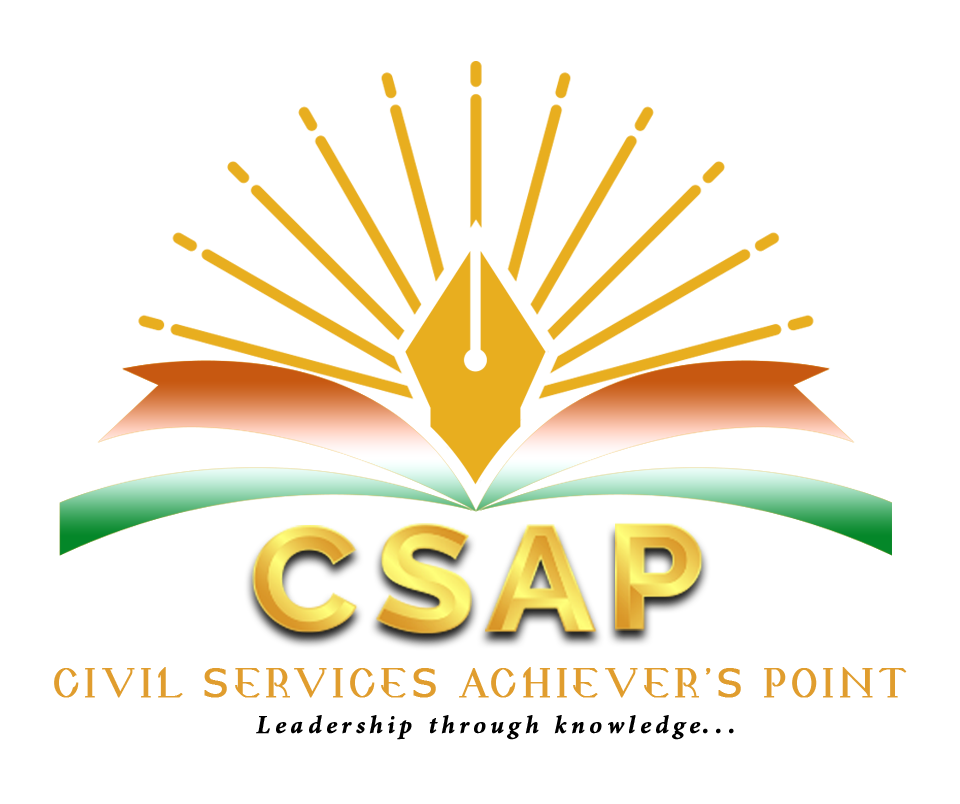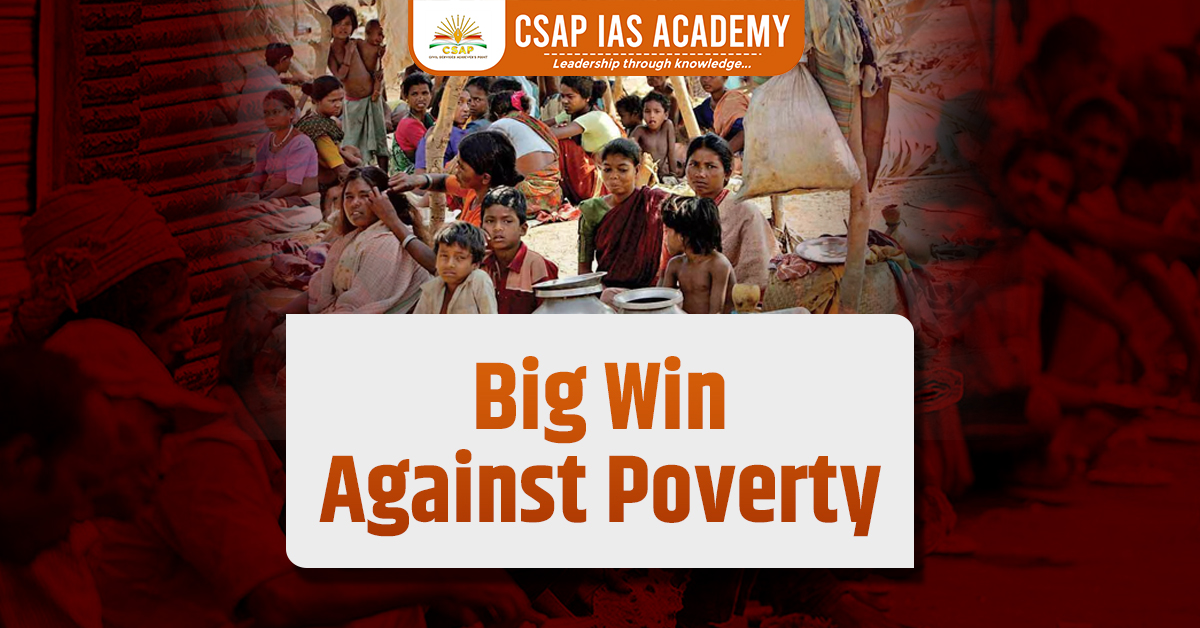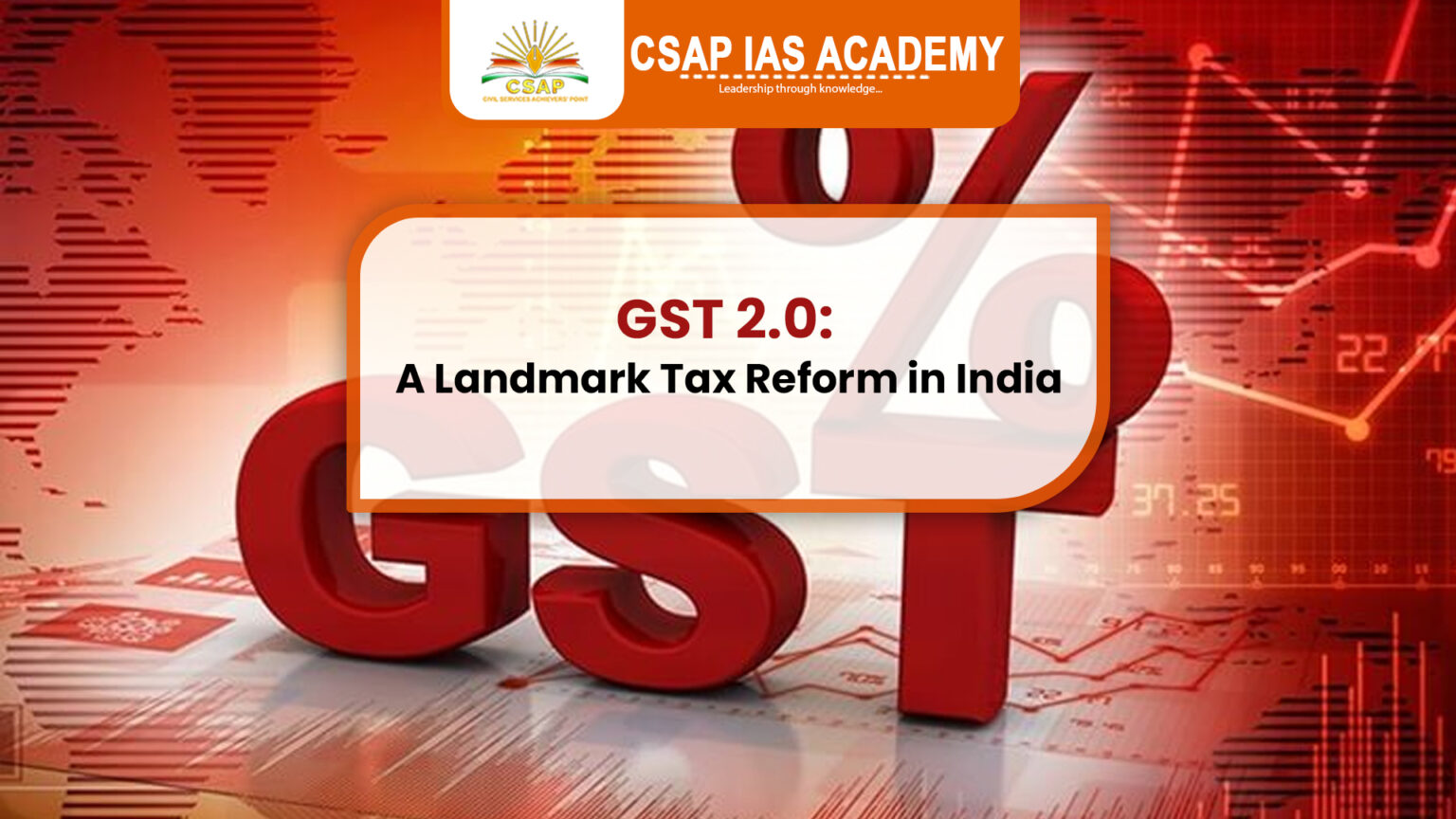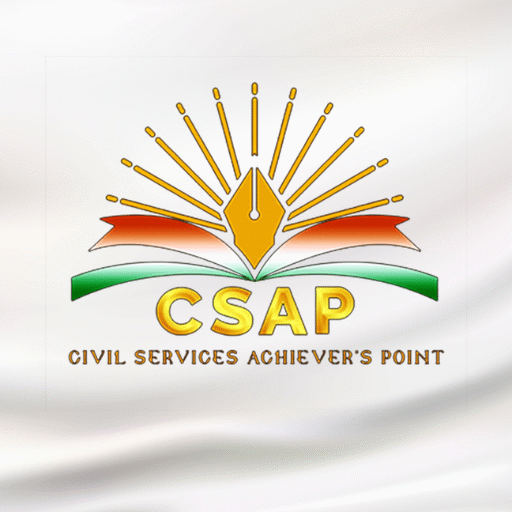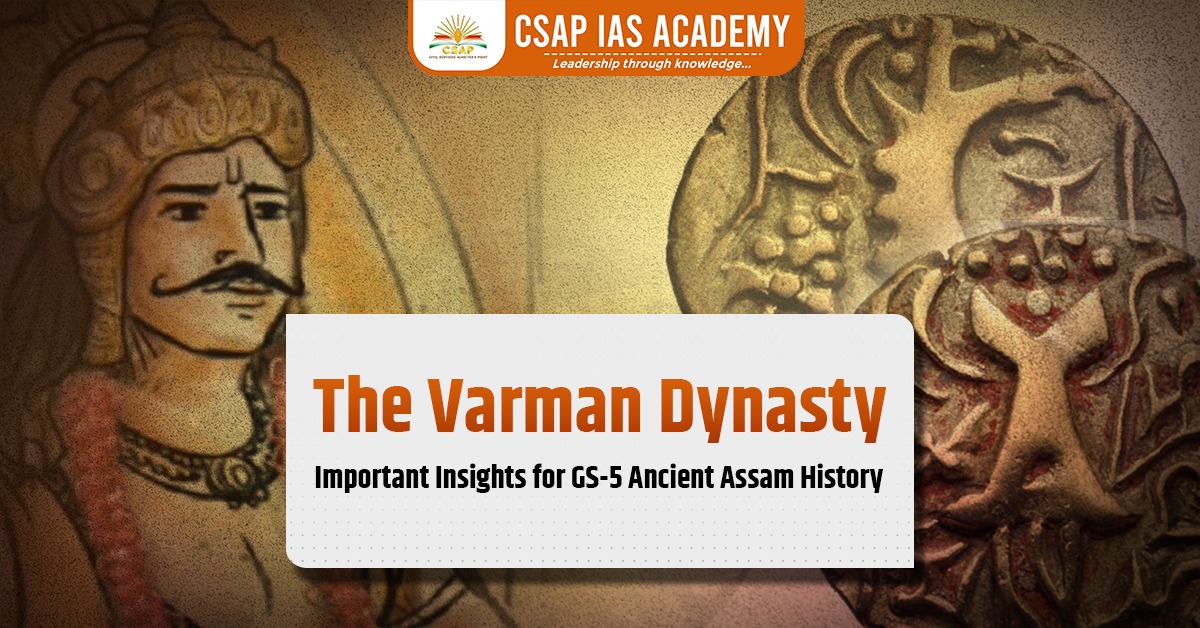India has achieved a significant milestone in its fight against poverty, with the extreme poverty rate declining sharply to 5.3% over a decade from 27.1% in 2011-12. This remarkable progress, highlighted by a recent World Bank report, comes even as the global financial institution revised its threshold poverty line upwards to $3 per day.
Key Findings from the World Bank Report
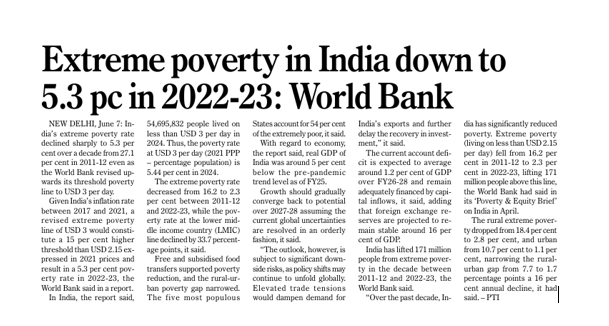
The World Bank’s revised extreme poverty line of $3 per day, considering India’s inflation rate between 2017 and 2021, represents a 15% higher threshold than the previous $2.15 (expressed in 2021 prices). Even with this elevated benchmark, India’s poverty rate stood at 5.3% in 2022-23. The report further states that as of 2024, 54,695,832 people in India lived on less than $3 per day, translating to a poverty rate of 5.44% at the $3 per day (2021 PPP) threshold.
A deeper dive into the report reveals that the extreme poverty rate (less than $2.15 per day) decreased from 16.2% to a remarkable 2.3% between 2011-12 and 2022-23. This means that India has lifted an astounding 171 million people out of extreme poverty in just over a decade. The poverty rate at the lower middle-income country (LMIC) line also saw a substantial decline of 33.7 percentage points.
The report also underscores the narrowing of the rural-urban poverty gap. Rural extreme poverty plummeted from 18.4% to 2.8%, while urban extreme poverty declined from 10.7% to 1.1%. This resulted in the rural-urban gap shrinking significantly from 7.7 to 1.7 percentage points, indicating a 16% annual decline. Despite these impressive figures, it’s important to note that the five most populous states in India still account for 54% of the extremely poor population.
Factors Contributing to Poverty Reduction
Several factors have contributed to India’s significant achievements in poverty reduction:
- Free and Subsidized Food Transfers: Government initiatives providing free and subsidized food have played a crucial role in enhancing food security and supporting poverty reduction, particularly for the most vulnerable sections of society.
- Targeted Social Protection Programs: Various social welfare schemes aimed at direct benefit transfers, employment generation, and access to essential services have empowered individuals and households, enabling them to move above the poverty line.
- Economic Growth and Development: While the report acknowledges that India’s real GDP was around 5% below its pre-pandemic trend level as of FY25, sustained economic growth over the past decade has created employment opportunities and improved living standards for many.
- Improved Access to Education and Healthcare: Increased access to education and healthcare services has contributed to human capital development, enhancing employability and overall well-being.
- Rural Development Initiatives: Focused efforts on rural development, including infrastructure development, agricultural support, and livelihood diversification, have significantly impacted poverty levels in rural areas.
India’s progress in poverty reduction directly aligns with several Sustainable Development Goals (SDGs), particularly:
- SDG 1: No Poverty: The most direct correlation is with SDG 1, which aims to end poverty in all its forms everywhere. India’s success in lifting millions out of extreme poverty is a significant contribution towards achieving this global goal.
- SDG 2: Zero Hunger: The provision of free and subsidized food transfers directly addresses SDG 2, aiming to end hunger, achieve food security and improved nutrition, and promote sustainable agriculture.
- SDG 3: Good Health and Well-being: Reduced poverty often leads to improved health outcomes due to better access to nutrition, healthcare, and sanitation, contributing to SDG 3.
- SDg 4: Quality Education: Poverty reduction often allows families to invest more in their children’s education, fostering progress towards SDG 4, which focuses on inclusive and equitable quality education.
- SDG 8: Decent Work and Economic Growth: Sustainable economic growth and the creation of decent work opportunities are fundamental to sustained poverty reduction, aligning with SDG 8.
- SDG 10: Reduced Inequalities: The narrowing rural-urban poverty gap signifies progress towards reducing inequalities within the country, a key objective of SDG 10.
Relevant Government Schemes
Several Indian government schemes have been instrumental in driving this poverty reduction:
Pradhan Mantri Garib Kalyan Anna Yojana (PMGKAY)
This scheme, particularly significant during and after the pandemic, has provided free food grains to a large section of the population, directly combating food insecurity and extreme poverty.
Mahatma Gandhi National Rural Employment Guarantee Act (MGNREGA)
This flagship program provides a legal guarantee of 100 days of wage employment in a financial year to adult members of rural households willing to do unskilled manual work, acting as a crucial safety net and source of income for rural poor.
Pradhan Mantri Jan Dhan Yojana (PMJDY)
This financial inclusion scheme has enabled millions of unbanked individuals to open bank accounts, facilitating direct benefit transfers and promoting financial literacy, which are vital for poverty alleviation.
Pradhan Mantri Awas Yojana (PMAY)
Aimed at providing “Housing for All,” PMAY assists in constructing affordable houses for the urban and rural poor, improving living conditions and assets for vulnerable families.
Ayushman Bharat Pradhan Mantri Jan Arogya Yojana (AB-PMJAY)
This national health protection scheme provides health coverage to economically vulnerable sections, reducing out-of-pocket health expenditures which can often push households into poverty.
Deendayal Antyodaya Yojana-National Rural Livelihoods Mission (DAY-NRLM)
This scheme aims at alleviating poverty by enabling poor households to access gainful self-employment and skilled wage employment opportunities.
Economic Outlook and Future Challenges
While the poverty reduction figures are encouraging, the World Bank report also highlights some economic challenges. India’s real GDP was approximately 5% below its pre-pandemic trend level as of FY25. The report projects growth to gradually converge back to potential over 2027-28, assuming current global uncertainties are resolved in an orderly fashion. However, the outlook is subject to significant downside risks, including potential global policy shifts and elevated trade tensions, which could dampen demand for India’s exports and delay investment recovery.
The current account deficit is expected to average around 1.2% of GDP over FY26-28 and is projected to be adequately financed by capital inflows, with foreign exchange reserves remaining stable around 16% of GDP.
India’s success in drastically reducing its extreme poverty rate is a testament to sustained policy efforts, targeted government schemes, and resilient economic growth. The lifting of 171 million people out of extreme poverty within a decade is a monumental achievement, significantly contributing to global efforts to eradicate poverty and achieve the Sustainable Development Goals. While challenges remain, particularly concerning global economic uncertainties, the robust foundations laid in poverty reduction, coupled with ongoing government initiatives, position India well to continue its progress towards inclusive and sustainable development.
Read: Shubhanshu Shukla Set to Script History as India’s Second Astronaut
Download App:
